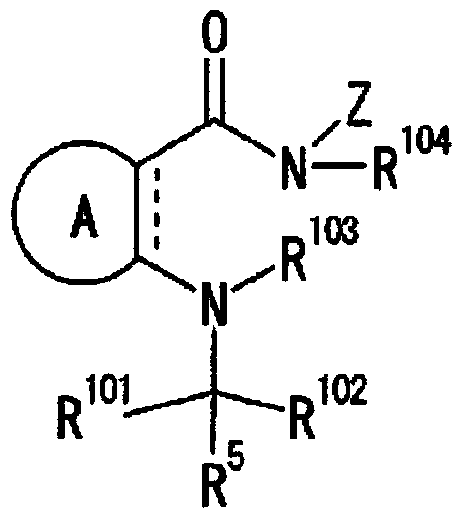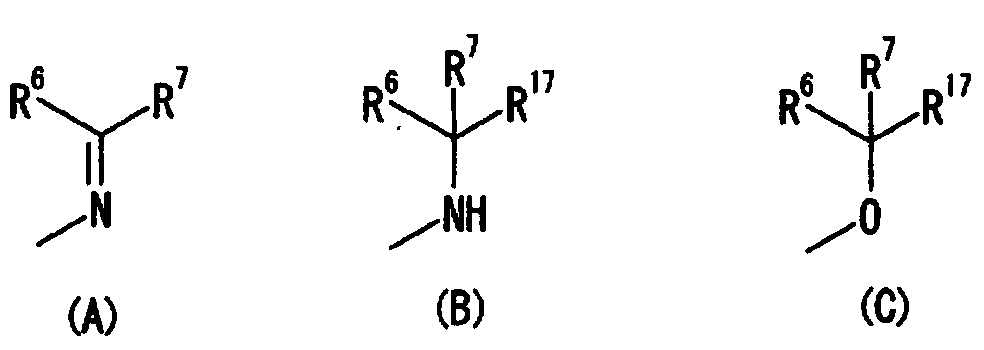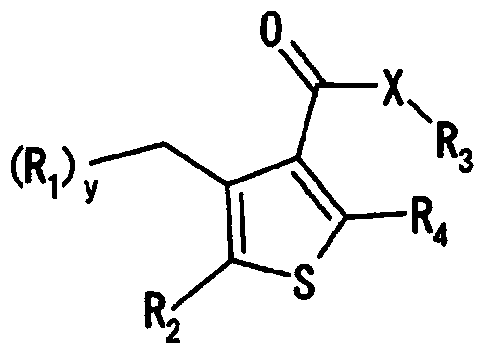Aminoalkyl-substituted n-thienyl benzamide derivative
An alkyl and amino technology, applied in the field of N-thienylbenzamide derivatives, can solve the problems of no revelation of NPT-IIb inhibitory effect, no disclosure, etc.
- Summary
- Abstract
- Description
- Claims
- Application Information
AI Technical Summary
Problems solved by technology
Method used
Image
Examples
Embodiment
[0187] Hereinafter, the production method of the compound of formula (I) is demonstrated in more detail based on an Example. In addition, the present invention is not limited to the compounds described in the following Examples. In addition, the production methods of the raw material compounds are shown in the production examples, respectively. In addition, the production method of the compound of formula (I) is not limited to the production method of the specific examples shown below, and the compound of formula (I) can also be produced by a combination of these production methods or methods obvious to those skilled in the art .
[0188] In addition, the following abbreviations are sometimes used in Examples, Production Examples, and Tables described below.
[0189] Pr: Manufacturing example number, Ex: Example number, Str: Structural formula (the compound with "*" in the structural formula is a chiral compound whose carbon atom is the asymmetric center. In the structural f...
manufacture example 1
[0193] To a mixture of 6.2 mL of 2-(methylamino)ethanol, 6.48 g of sodium bicarbonate, 60 mL of THF and 30 mL of water was added dropwise 10 mL of ethyl succinic acid chloride over 30 minutes under ice-cooling, followed by stirring for 3 hours. The reaction mixture was concentrated under reduced pressure, and the residue was purified by silica gel column chromatography (hexane:ethyl acetate=1:4) to obtain 4-[(2-hydroxyethyl)(methyl)amino]-4-oxo Ethyl butyrate 12.0g.
manufacture example 2
[0195] Slowly add 26.0 g of Dess-Martin periodinane to a mixture of 11.9 g of ethyl 4-[(2-hydroxyethyl)(methyl)amino]-4-oxobutanoate and 120 mL of dichloromethane under ice cooling , and warmed to room temperature over 3 hours. Aqueous sodium bicarbonate and aqueous sodium thiosulfate were added to the reaction mixture, followed by stirring at room temperature for 30 minutes. The aqueous layer was extracted with dichloromethane, the organic layers were combined, dried over anhydrous sodium sulfate, and the solvent was distilled off under reduced pressure. The residue was purified by silica gel column chromatography (hexane:ethyl acetate=1:4) to obtain 4.48 g of ethyl 4-[methyl(2-oxoethyl)amino]-4-oxobutanoate.
PUM
 Login to View More
Login to View More Abstract
Description
Claims
Application Information
 Login to View More
Login to View More - R&D
- Intellectual Property
- Life Sciences
- Materials
- Tech Scout
- Unparalleled Data Quality
- Higher Quality Content
- 60% Fewer Hallucinations
Browse by: Latest US Patents, China's latest patents, Technical Efficacy Thesaurus, Application Domain, Technology Topic, Popular Technical Reports.
© 2025 PatSnap. All rights reserved.Legal|Privacy policy|Modern Slavery Act Transparency Statement|Sitemap|About US| Contact US: help@patsnap.com



